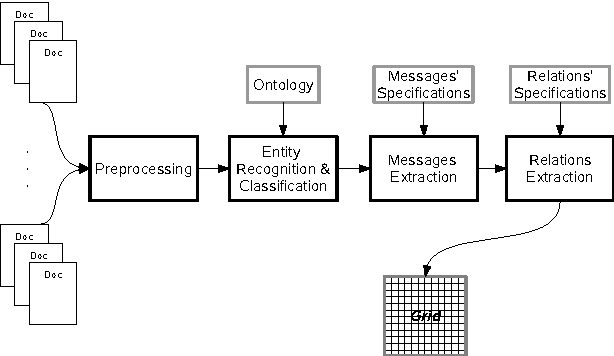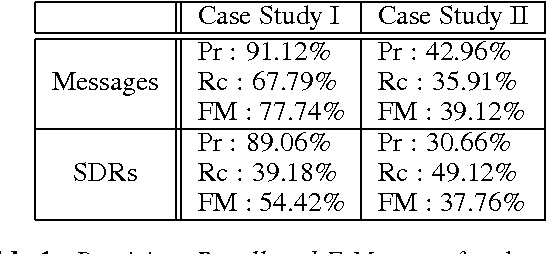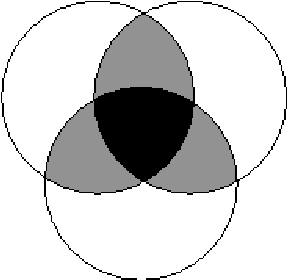Some Reflections on the Task of Content Determination in the Context of Multi-Document Summarization of Evolving Events
Paper and Code
Oct 29, 2007


Despite its importance, the task of summarizing evolving events has received small attention by researchers in the field of multi-document summariztion. In a previous paper (Afantenos et al. 2007) we have presented a methodology for the automatic summarization of documents, emitted by multiple sources, which describe the evolution of an event. At the heart of this methodology lies the identification of similarities and differences between the various documents, in two axes: the synchronic and the diachronic. This is achieved by the introduction of the notion of Synchronic and Diachronic Relations. Those relations connect the messages that are found in the documents, resulting thus in a graph which we call grid. Although the creation of the grid completes the Document Planning phase of a typical NLG architecture, it can be the case that the number of messages contained in a grid is very large, exceeding thus the required compression rate. In this paper we provide some initial thoughts on a probabilistic model which can be applied at the Content Determination stage, and which tries to alleviate this problem.
 Add to Chrome
Add to Chrome Add to Firefox
Add to Firefox Add to Edge
Add to Edge